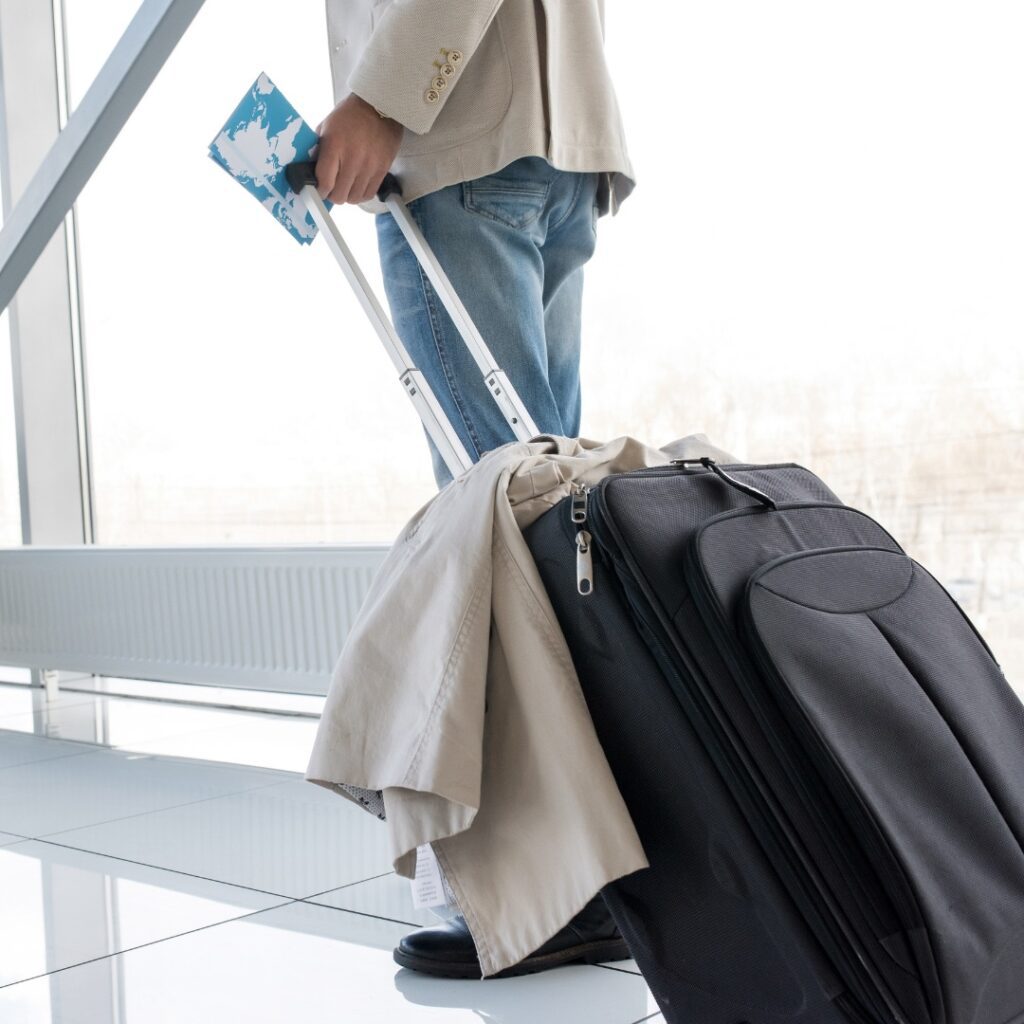
If you are like me, then traveling on airplanes is a part of life. Whether it is for work, visiting family, or going on a retreat, I fly several times a year.
I have noticed that the older I get, the harder these trips are on my body. Not only does the change in air pressure, and seated position cause me to have foot swelling; but I experience uncomfortable bloating as soon as we leave the ground. This has happened so often that I decided I would investigate whether something preventable is going on.
As it turns out, I am not alone. Gas and bloating occur frequently during air travel due to several factors. Thank goodness for the air circulation and the ambient noise on aircrafts!
- Air Pressure Changes: As the plane ascends in the air, the pressure in the cabin will naturally drop. This change in pressure causes the gas in your gut to ‘expand’. That expansion naturally creates more distention of your tummy.
- Anxiety: Stress and anxiety associated with traveling can trigger more gas, bloating, or diarrhea.
- Constipation and Dietary Changes: Traveling is linked to drinking less water, long periods of sitting, and changes in food choices. All of these may worsen constipation, abdominal discomfort, and pressure.
Unfortunately, airplane travel is not always conducive to treating your symptoms the way you would at home. You can’t head out for a walk, or lay on your bed with a heating pad.
Help is on the way! I’m going to share my advice to reduce or prevent this digestive distress.
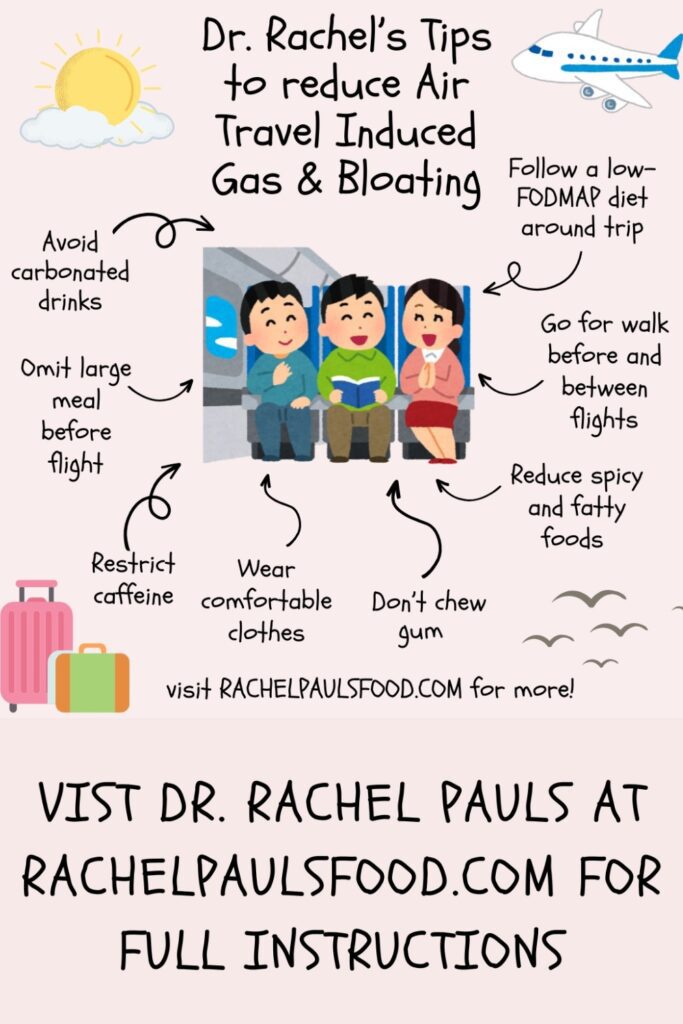
Consider Low-FODMAP
The low-FODMAP diet has been shown in research studies to reduce gas, bloating, diarrhea as well as constipation. We all know why! Eliminating those foods or beverages that irritate the intestinal lining, or are fermented by the microbiome, will limit the amount of gut contractions, excess water movement in the colon, and gas production. Less diarrhea, less bloating, less gas, and better bowel motility.
For some of you, following a low-FODMAP diet a few days before a trip may be the right solution. For others, it may be a modified low-FODMAP diet on a daily basis. I have many sources for you to learn about the diet here on my blog!
You may also find that a ‘gentle’ low-FODMAP diet, or a program that only restricts a few main triggers, will do the trick for your symptom control. Perhaps onion and garlic are your biggest offenders. Or else it’s beans and legumes. Staying away from those items for a short period could provide the solution you are looking for.
It is important to note that a lot of convenient grab-and-go, and pre-prepared foods contain inulin, chicory root fiber, and fruit concentrates– ALL HIGH FODMAP INGREDIENTS. Pay attention to ingredient lists and labels while you travel. You may want to peruse my Low-FODMAP Packing List for some great suggestions for your carry-on or suitcase.
Limit Caffeine
Caffeine is a stimulant and a gut irritant. This applies also to decaf coffee, since there is acidity in that brew as well. I suggest cutting back on coffee drinking while flying, to reduce any uncomfortable bloat.
Minimize Carbonation or Soda
Carbonated drinks are a gut trigger for several reasons. First, there is acidity in carbonated drinks, which can cause heartburn, and gut distress. Second, they contain artificial sweeteners or high fructose corn syrup, both of which are linked to diarrhea. Finally, the air in the bubbles accumulates in your digestive tract and can cause flatulence. Stay away from the soda, and pass on sipping through a straw (this increases air swallowing), to decrease those symptoms.
Spit Out Your Gum
We often chew gum on airplanes to help reduce the pressure in our ears. Unfortunately, if you are a person with IBS, gum is a triple whammy. Chewing gum has been linked to gastric stimulation, and increased gut motility (this makes it a great tool for returning colonic function following surgical procedures). If you chew gum while you fly, this stimulation may be undesirable. Gum usually contains high-FODMAP polyols, which increase gas production. Furthermore, gum chewing leads to excess air being swallowed and more gas through that mechanism. Suck on a hard candy instead!
Pass on the Cocktails
While having a celebratory bevvy when fueling up for a flight sounds like the perfect time, know that the alcohol could worsen diarrhea, cramping, and heartburn. I suggest you wait until your destination to begin the party.
Don’t Load Up on Fatty or Spicy Foods
Fatty meals and highly spiced foods often increase intestinal activity and could worsen gastric distress. Avoid this type of food for 24 hours before a trip, or at least the day of :).
Consider a Short Fast Before you Fly
Eating right before you hop on a plane is more likely to naturally turn on your digestive pathways. I try to eat light before a long trip to feel less discomfort.
Wear Comfortable Clothes
A pillar I like to live by. Wearing comfortable clothing (particularly around the waist) will help you feel better if you are on the gassy or bloated side. From a practical standpoint, having easy to remove layers will make using that airplane toilet quicker. Totally smart idea, IMO.
Consider Pharmacologic Help
If you know that diarrhea is inevitable, or gas is likely to occur, you may want to try an OTC medication in select circumstances. Perhaps loperamide (Immodium) for diarrhea; or simethicone (GasX) for gas; could help you get through your flight. Likewise, if you are constipated during travel, try a gentle nudge with a laxative (polyethylene glycol), probiotics, or fiber.
For best results, these medications should be discussed with your medical provider before becoming a regular component of your routine.
Some Added Tips
If I know I will be on a plane for a while, I pack some ‘Heat Therapy Wraps’ in my bag. These are meant for back or muscle pain, but I find that placing one over my tummy provides a little comfortable support, similar to a heating pad. Very convenient as well as discreet.
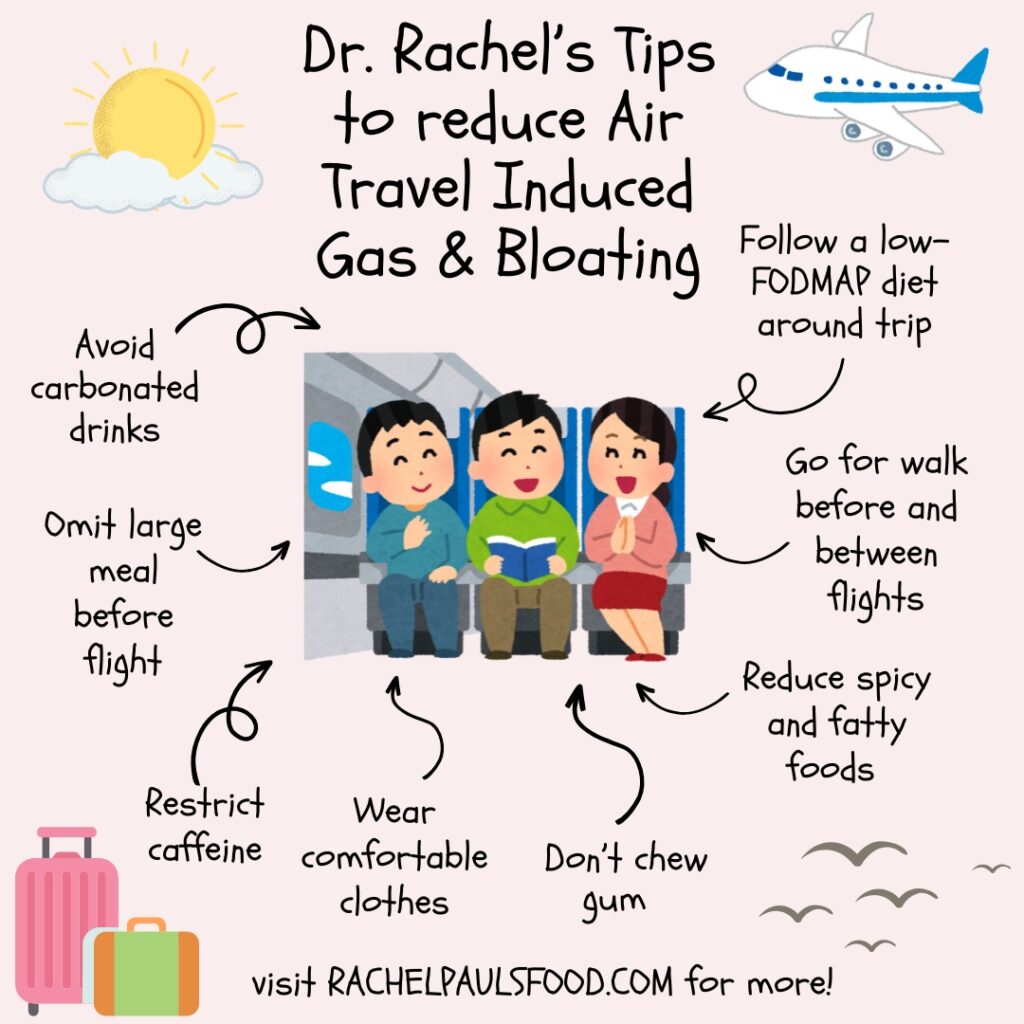
For more great ideas and tips about the low-FODMAP diet, see these other blog posts:
- Dr. Rachel’s Guide to Starting the Low-FODMAP Diet
- Dr. Rachel’s Guide to Managing GERD & IBS; Diet, Health Tips and More!
- Eating Styles to Improve your IBS; Dr. Rachel Talks Intermittent Fasting and More!
- Dr. Rachel’s Low-FODMAP Diet 5-Day Meal Plan; Recipes and More (IBS-friendly!)
- Dr. Rachel’s Tips for Preventing ‘Runner’s Trots’ and Exercise-induced Flatulence
- The Top 5 Best Low-FODMAP Cookbooks, Resources and Guides for IBS Patients
Or over 600 low-FODMAP recipes on my blog, IBS-friendly!
Be healthy and happy,
Rachel Pauls, MD




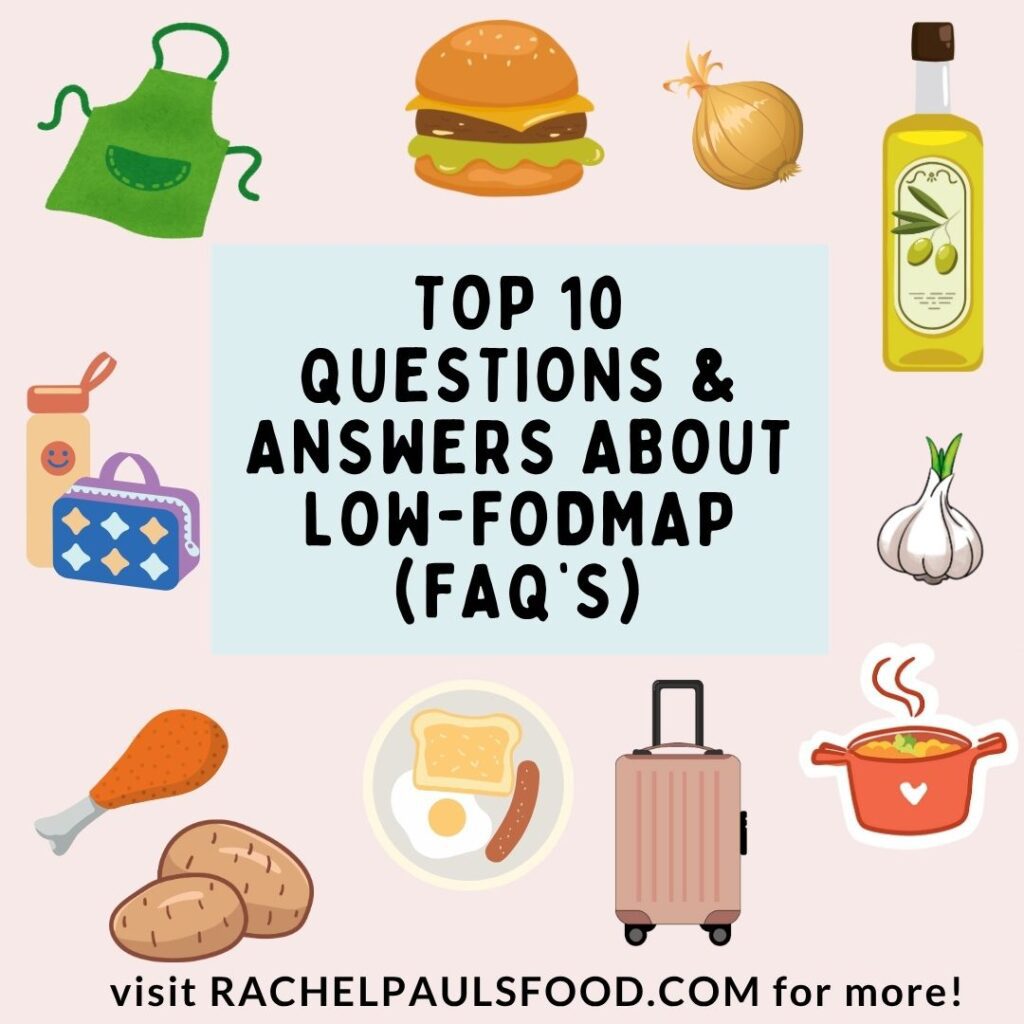
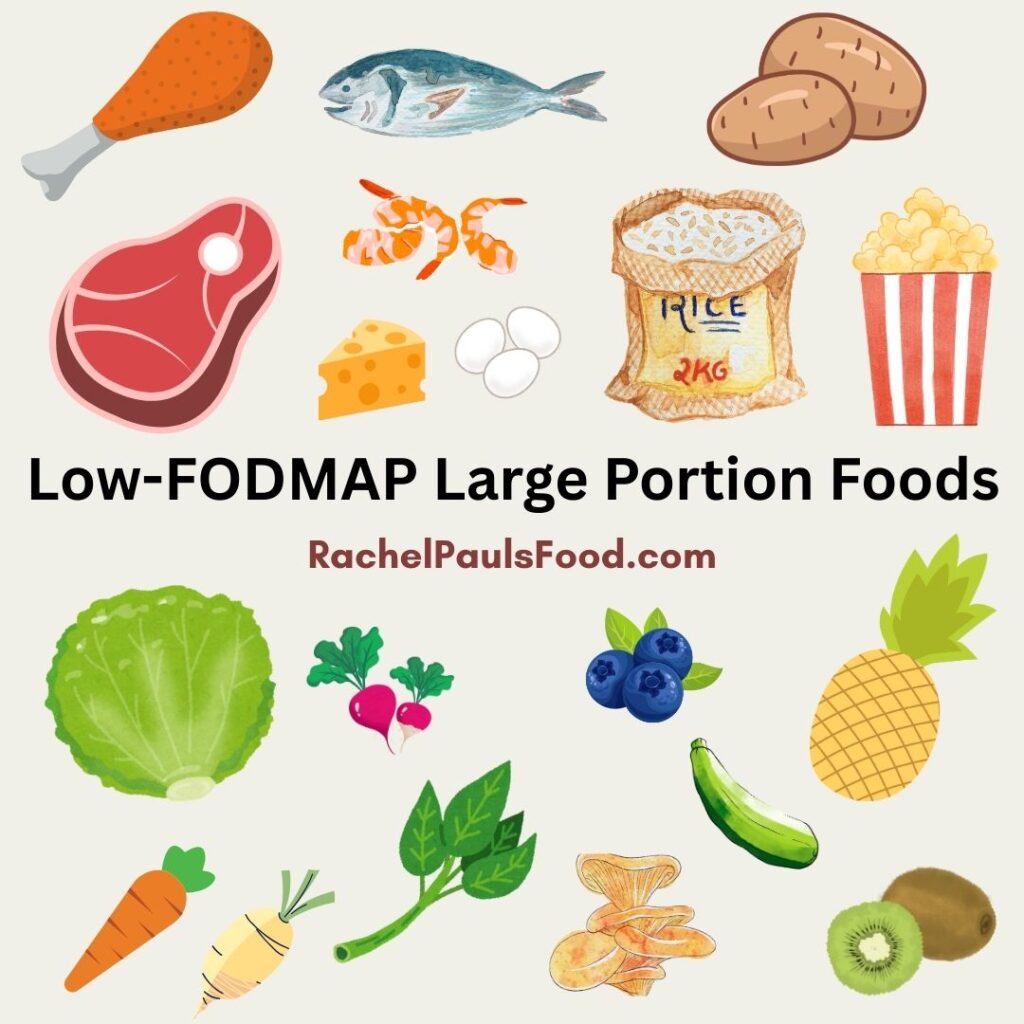
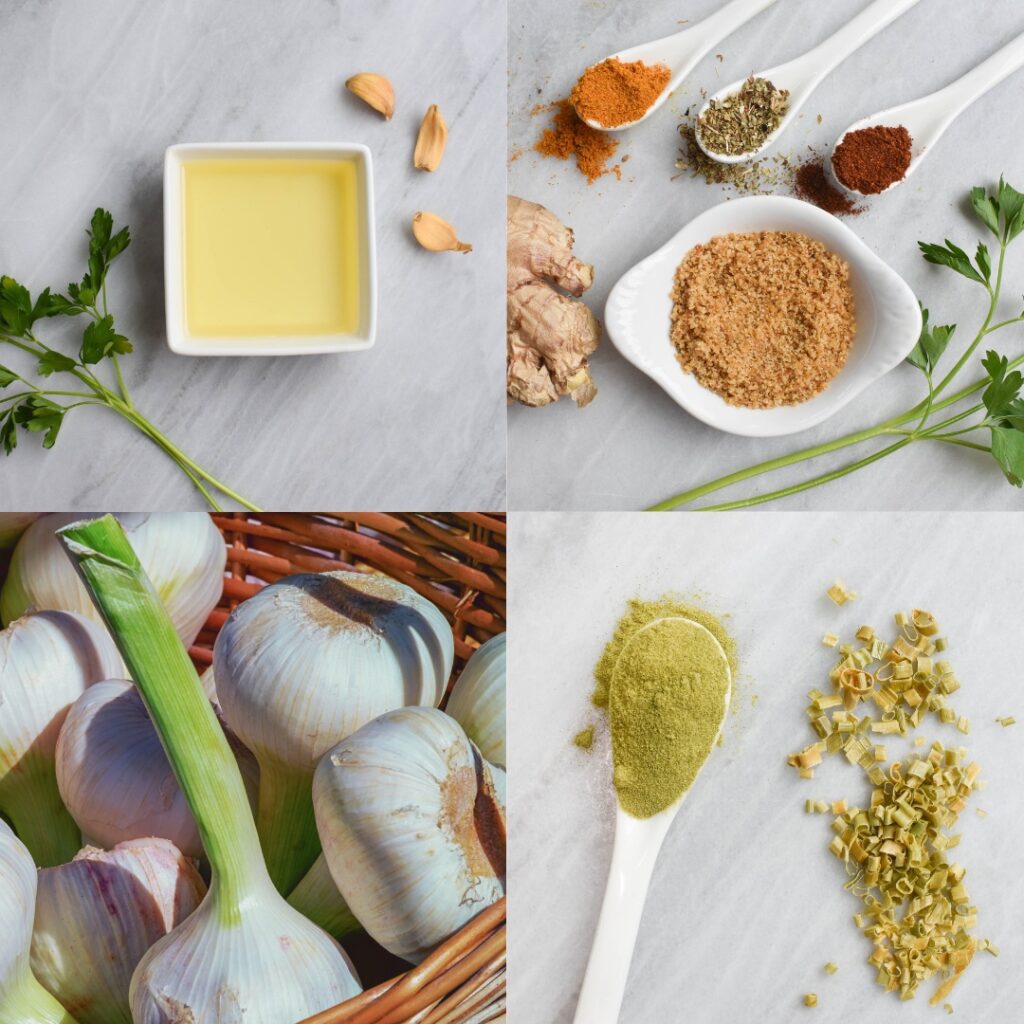
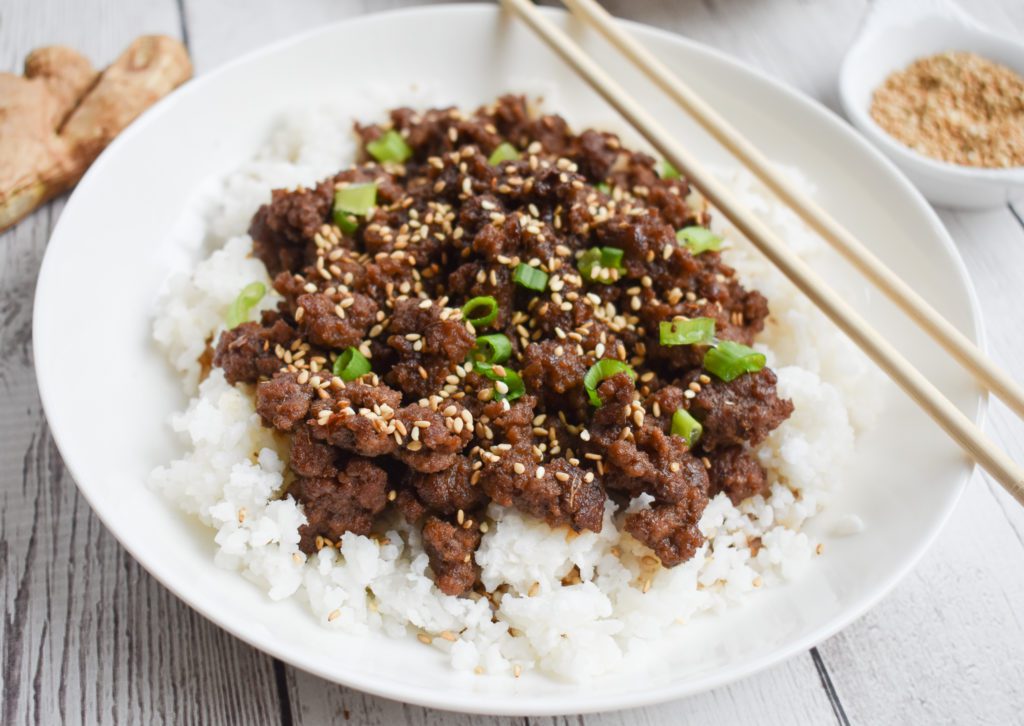

2 Responses
I used the Happy Soup that you used to sell. Is there another supplier for this product?
Hi Dan,
We are sorry that we aren’t making this product currently. The recipe was created exclusively for RachelPaulsFood. so we can’t provide another source. However, you could either make your own homemade broth, or see if another FODMAP vendor could fill that void for you. There are some companies that produce low-FODMAP soup mixes.
Best to you,
Rachel